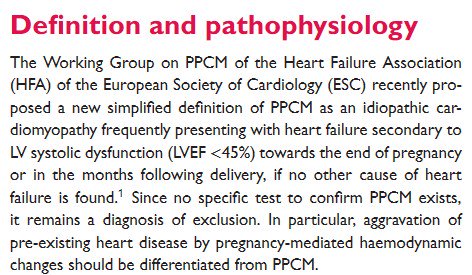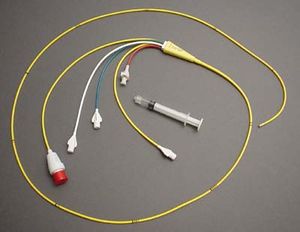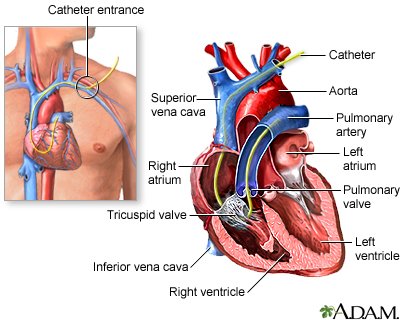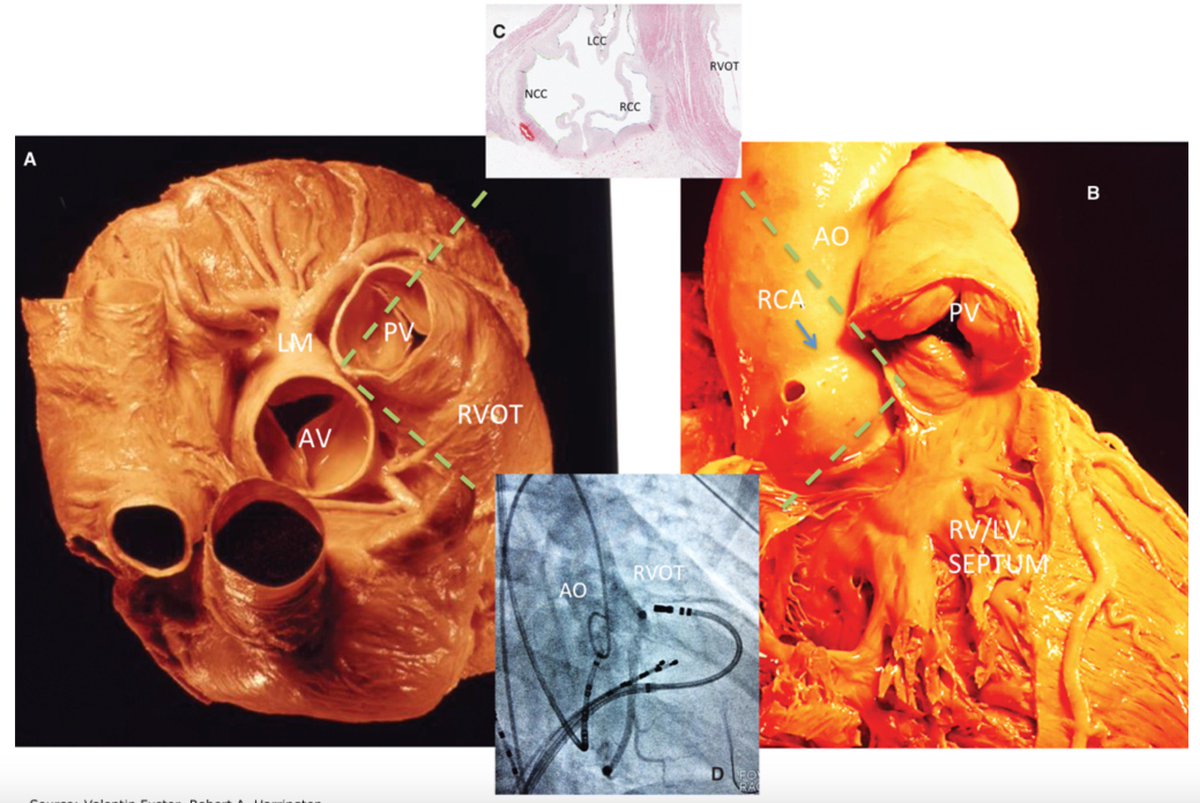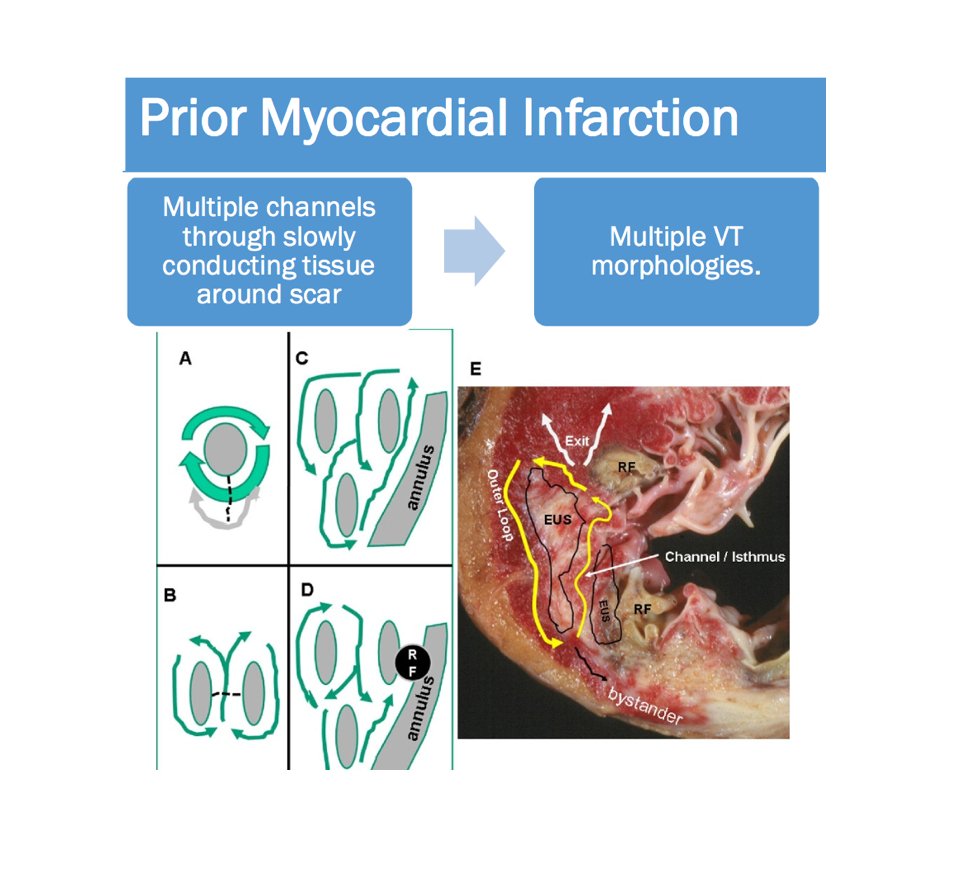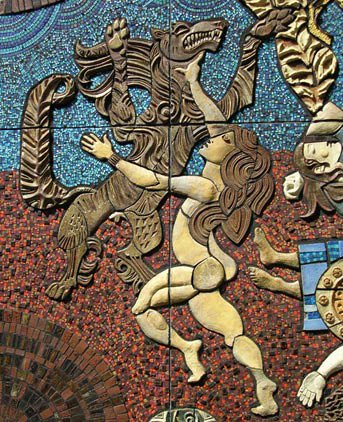1️⃣Basic concepts
2️⃣Classification
3️⃣Class 1(a/b/c)
4️⃣Class 3
5️⃣Amio/dronedarone
6️⃣Clinical use
7️⃣Pearls and pitfalls

AADs work by:
*⬇️ing ectopy
*⬆️ing refractoriness (⬇️ing reentry)
Class1: sodium channel blockers
(⬇️ ectopy, ⬇️ reentry by raising threshold for cell-cell conduction)
C2: beta blockers
C3: potassium channel blockers
(⬆️ action potential, ⬆️ AP "wavelength", ⬇️ excitable gap for reentry)
C4: calcium channel blockers
1a Double Quarter Pounder
Disopyramide
Quinidine
Procainamide
1b Lettuce Mayo Tomato
Lidocaine
Mexiletine
Tocainide
1c More Fries Please!
Moricizine
Flecainide
Propafenone
Specialized use:
Disopyramide- AF+HCM
Quinidine- VF in BrugadaSy
Procainamide- IV only- acute Tx for preexcited AF, VT/VF esp planning ablation (shorter t1/2 than amio). NAPA= proc metabolite that ⬆️ QT, careful with kidney failure!
Lidocaine IV, mexiletine PO.
Side effects of AV block, tremors➡️seizures. Careful with CHF or liver failure!
Take mexiletine with food to avoid nausea.
Risk of "organizing" AFib to slow AFL with 1:1 conduction!
Risk of sudden death in structural heart disease (primarily MI but any ventricular scar prob applies)
Prolong QT by definition, risk of torsades.
REVERSE USE DEPENDENT: greater effect in bradycardia!
Much like other QT⬆️ing Rx and LQTS, brady = danger!
Renally cleared.
Bb action can cause bronchospasm, fatigue. Inpatient initiation due to ⬆️QT.
Useful for AF, substrate-mediated VT (ischemic scar, ARVC, sarcoid et al)
Useful for:
*chemical cardioversion of AF
*pre-excited AF
*recurrent AT/AF post cardioversion
Cons: weakest AAD. Limited use for AFib/AT which is easy to control. Risk of sudden death with CHF.
Pros: minimal long term side effects, easy to use (no load, no ischemic wu prior to start).
Can cause diarrhea, may Rx with immodium.
Structural heart disease 🚫1c
LBBB/RBBB/hemiblock 🚫1a/b/c
Sinus brady🚫all, esp sotalol/amio/dron
Renal failure🚫3
QT ⬆️ing Rx🚫3, 1a
Liver failure 🚫1b/amio/dron
CHF🚫1b,1c
LOTS OF INTERACTIONS!
DOACs, Abx, psych Rx, chemo common
1c if no CAD/CHF/conduction diz
3 if no renal failure and no QT interactions
Dron if early AF, prefer easy-to-start Rx
Amio if advanced AF, older pt, younger pt for TRIAL of Tx
PRE-EXCITED AFIB:
procainamide or ibutilide, avoid AVN blockers!
1c if no structural ht diz
Amio acutely, older/sicker pts, young pts failing other Tx
Procainamide acute, BRIDGE TO ABLATION
Lido acute ischemic VT
Sotalol ischemic-substrate VT
Quinidine Brugada
Flecainide CPVT
Sotalol/amio ARVC
Mexiletine low-risk option when others contraindicated
MOST AAD HAVE ⬛️ WARNING
All cause sinus brady to some extent
Most proarrhythmic
Consider pros/cons in each pt
Don't forget non-drug options (cardioversion acutely, ablation electively)
9am/9pm dose with 11am/11pm ECG
Allows reasonable timing of dose/ECG, and YOU CAN STILL INTERCEPT THE AM DOSE THE NEXT MORNING without having to look up ECGs at midnight! 😉
CHECK THE TELE, don't just assume a normal QT means no torsades 🤦🏻♂️
Class 1a/b/c: ECG q6M (look for intraventricular blocks)
Class 3: ECG q6M, renal function q12M (look for QT prolongation)
Amio: ECG, LFTs, TSH/T4, CXR q6M ➡️q12M
Dron: ECG, LFTs q6M➡️q12M
This is by no means EVERYTHING you'll need to know in order to use AADs. These are just a few pearls to get started. When in doubt, CALL YOUR ATTENDING before starting AAD, because it can have major side effects and interfere with ablation plans!








